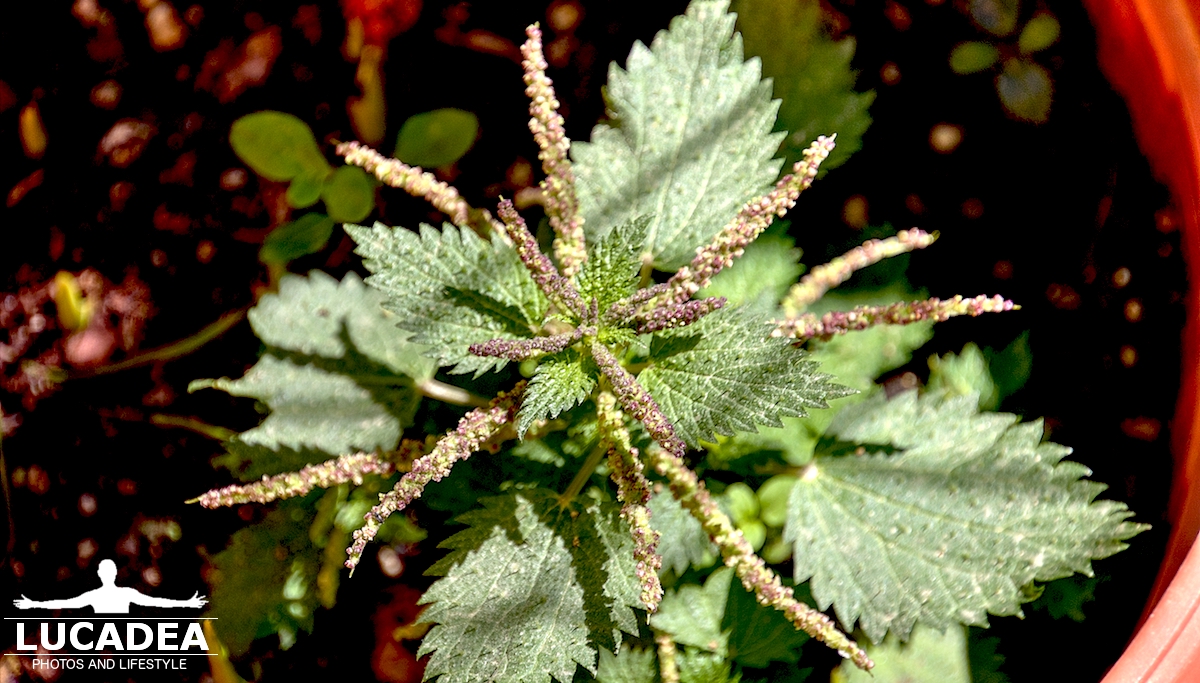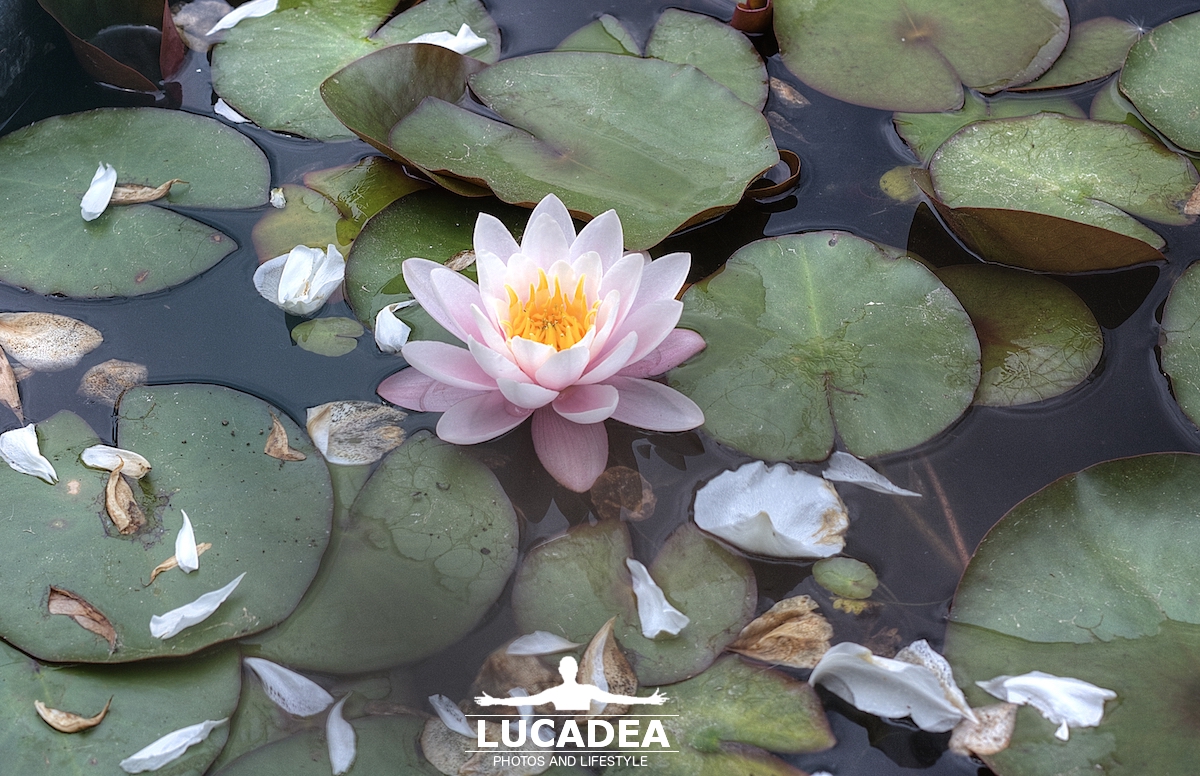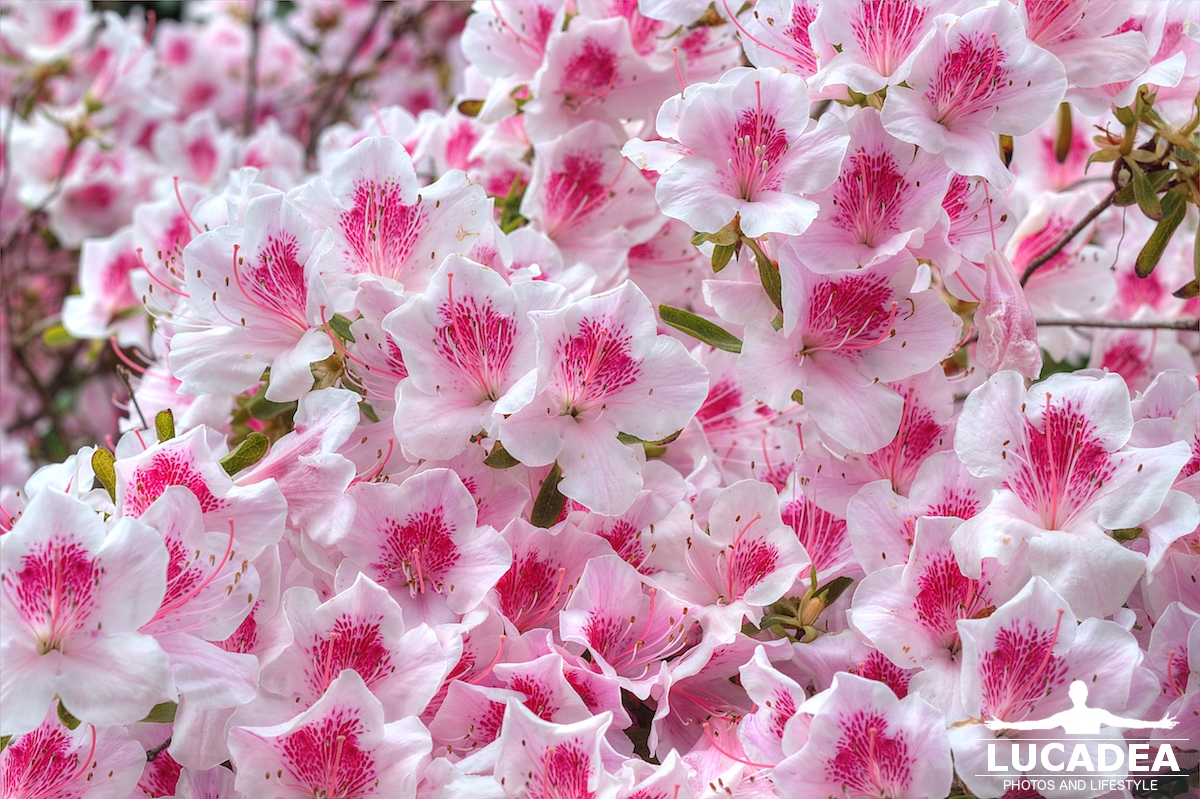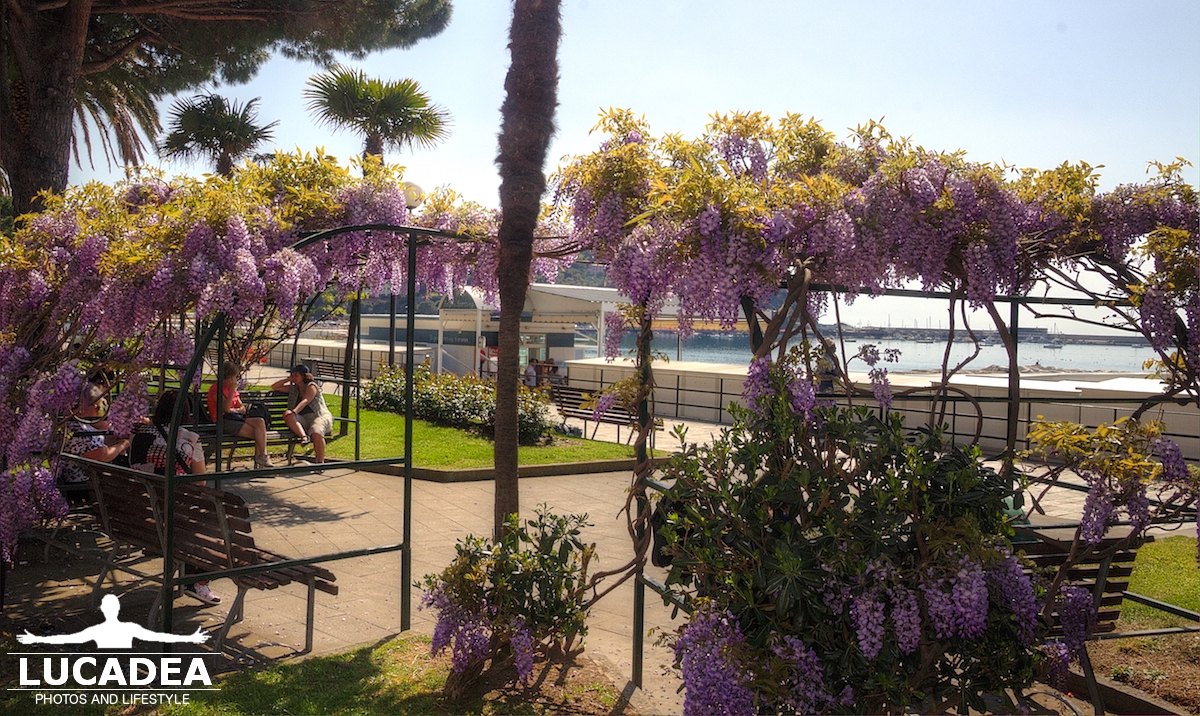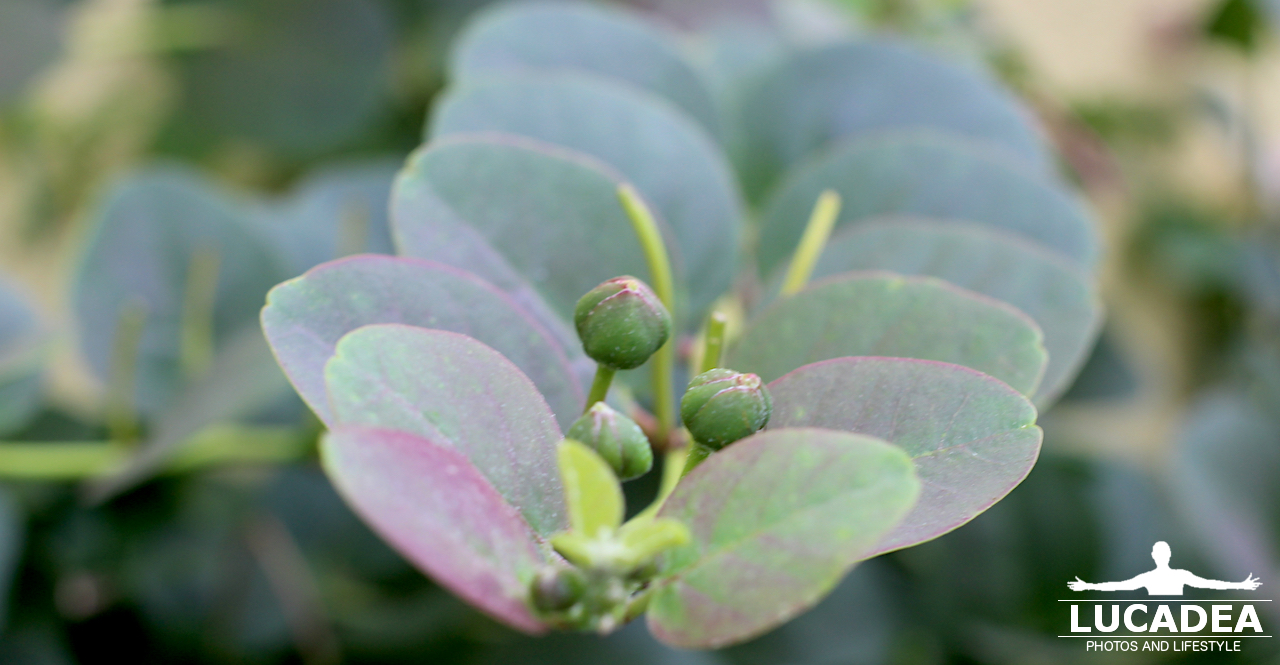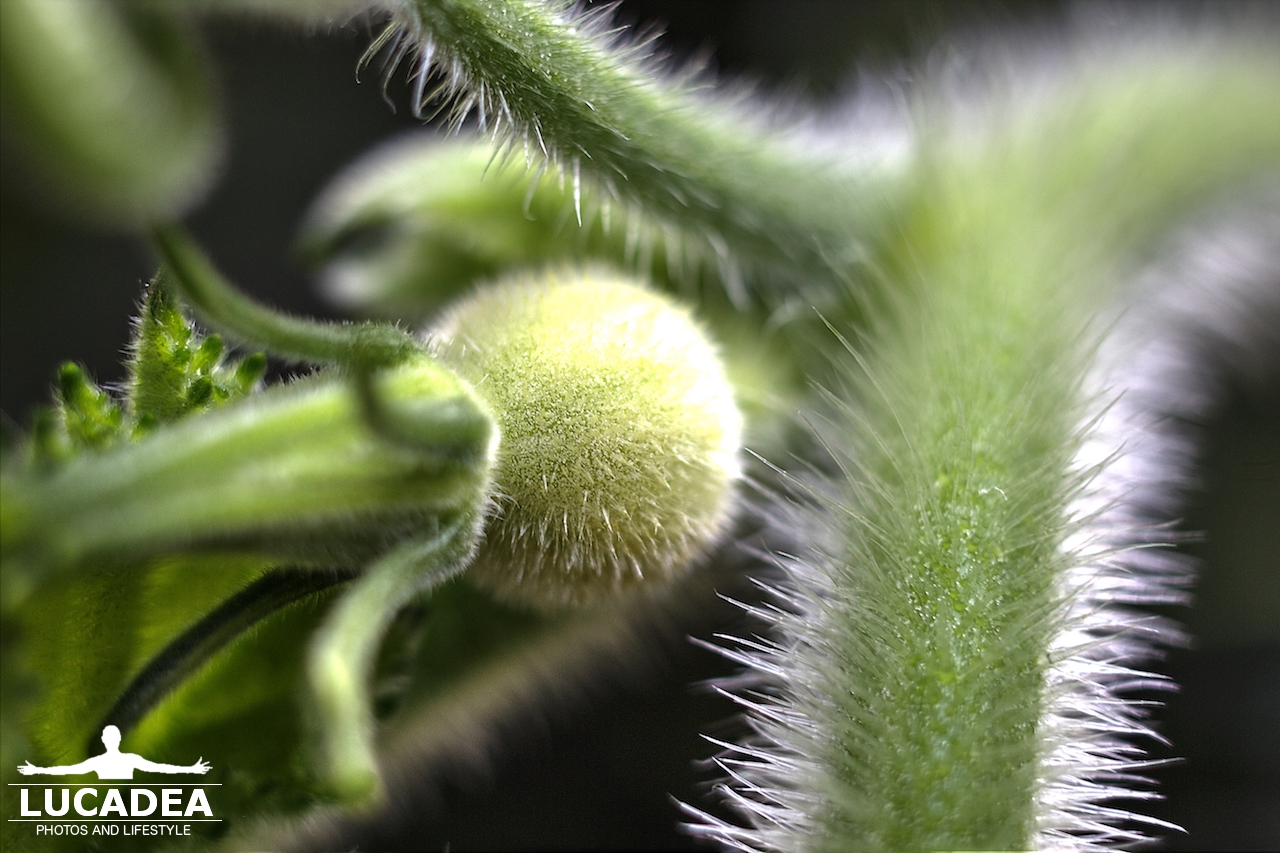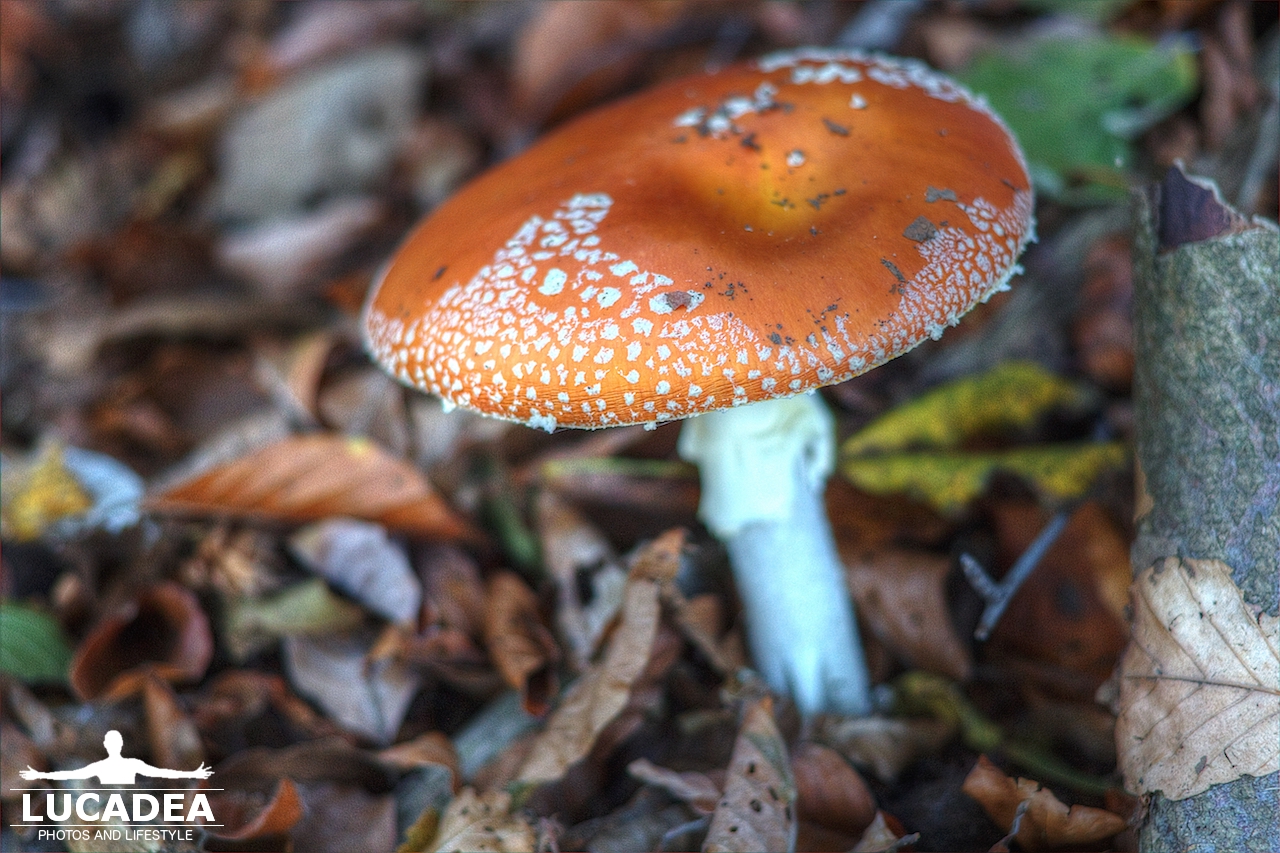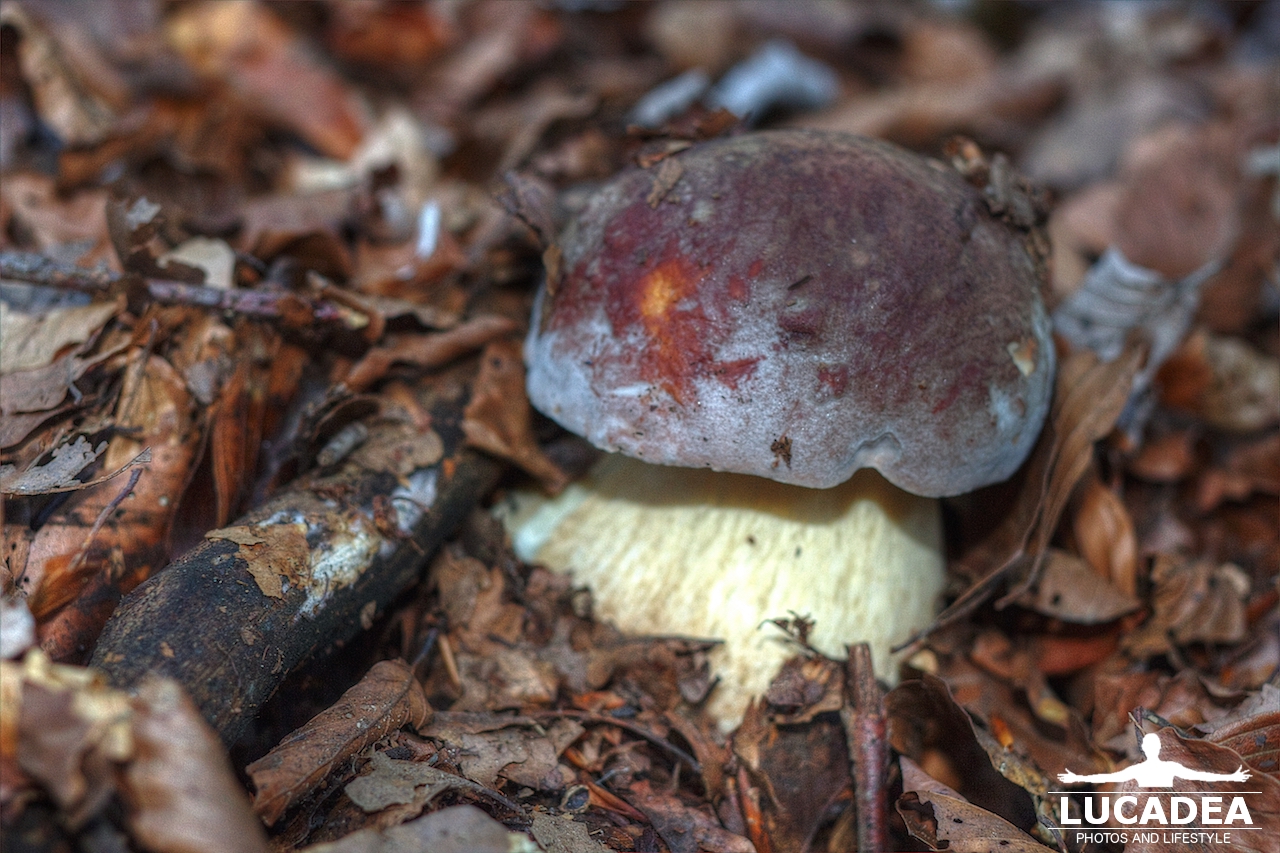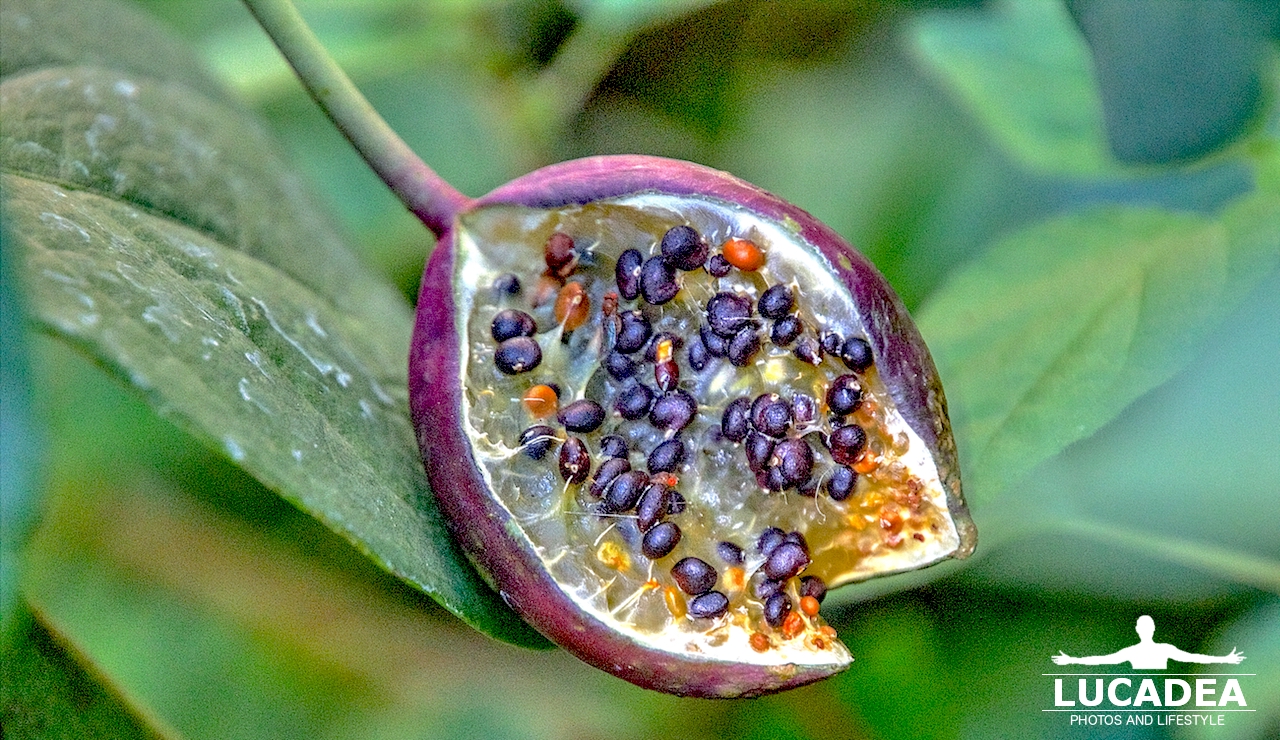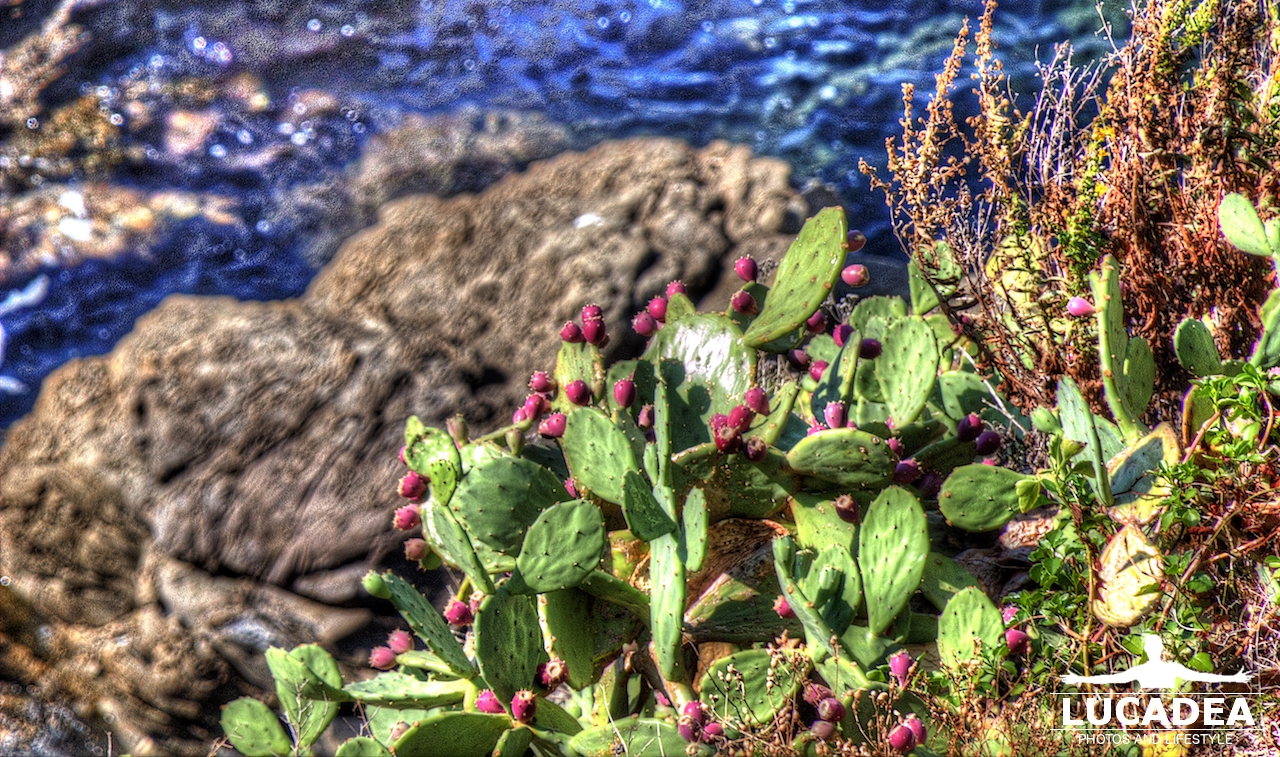A solitary water lily: a splendid flower.
The water lily is a very beautiful and particular flower. Apart from the fact that it is also difficult to find but then it has something exotic... it is a bit like if it were the lotus "de nojatri".
Since it seemed like a really beautiful photo to me, I modified it in HDR in color and also in black and white.
Which one do you like the most?
Add your own comment or go to the bottom of the site to read what other visitors have written.
Photo taken with Canon 600D and lens Canon EF 40.
They are typically rooting and perennial aquatic plants. Some species can be considered marsh plants as they can easily tolerate temporary drops in the water level. The average height of these plants depends on the depth of the water basin and in any case they rarely exceed two meters.
Continue and learn more on Wikipedia

